Creatures great and small
Among animal models of autism, the mouse reigns supreme. But could much simpler species — flies, bees, worms, fish — also teach us about the disorder?

Among animal models of autism, the mouse reigns supreme. But could much simpler species — flies, bees, worms, fish — also teach us about the disorder?
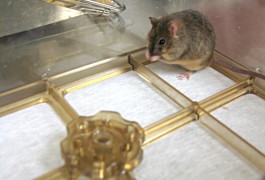
Researchers are tinkering with mouse models to investigate the function of a protein that helps wire neurons together and that has repeatedly been linked to autism. Three such reports of the protein, neuroligin-1, have appeared this year.
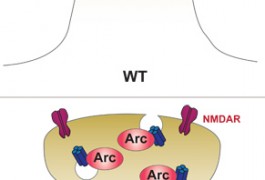
Two independent teams have discovered key molecular steps in the way a single gene disrupts the connections between neurons in individuals with Angelman syndrome. Because the gene, UBE3A, has also been linked to autism, the findings could help scientists understand and treat a range of neurodevelopmental disorders.
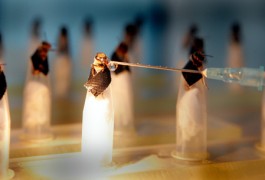
Several studies in the past year in people, mice and honeybees have tied autism to a protein that helps neurons communicate. Problems with the protein, neurexin 1, are associated with a wide range of autistic behaviors, such as impaired social interactions, anxiety and problems with learning and memory.
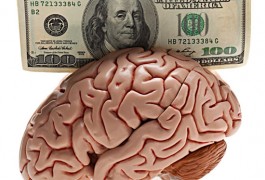
Writing in Science, leading scientists call for a 10-year, $2 billion international scheme that would combine the latest in genetics and animal research to combat psychiatric diseases.
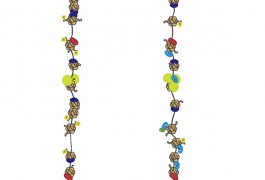
The protein that is mutated in Rett syndrome controls the expression of other genes by changing the way DNA packs into a cell, rather than turning genes on or off, according to a study published in Molecular Cell.
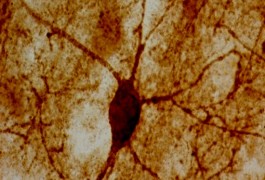
Researchers have found a higher density of several types of interneurons — nerve cells that connect sensory and motor neurons in the brain— in postmortem brain tissue from individuals with autism, compared with healthy controls. The findings appear in the February issue of Acta Neurologica Scandinavica.
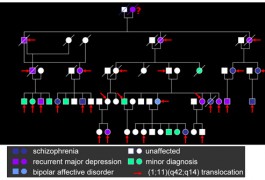
Several genetic and animal studies in the past year have found intriguing ties between autism and DISC1, one of the oldest candidate genes for psychiatric disorders.
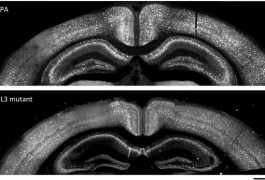
Autism may be the result of faulty wiring that occurs during early brain development, according to two independent studies that looked at the origins of circuit disruption.
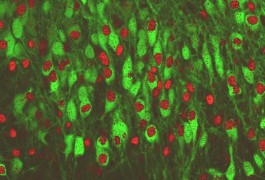
Deleting MeCP2, the gene that’s mutated in Rett syndrome, alters both the size and function of neurons in the mouse brain — at least in one brain region, the locus ceruleus — according to a 30 September report in the Journal of Neuroscience.